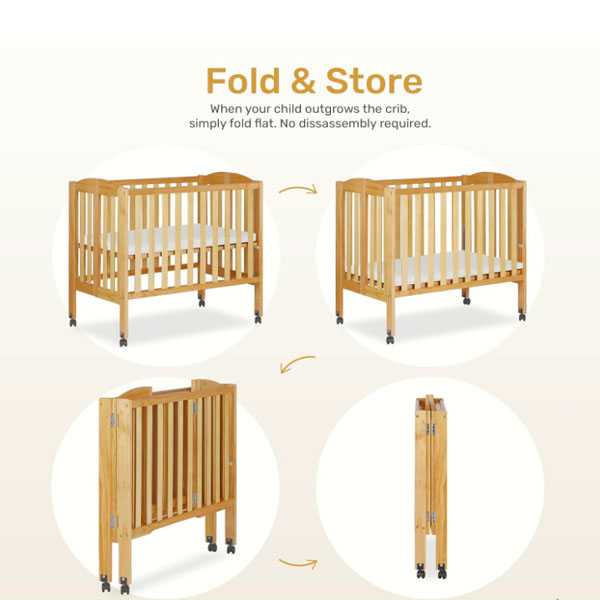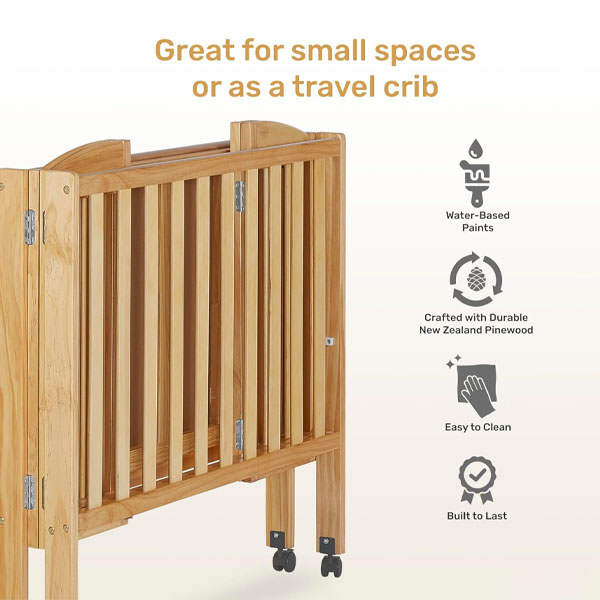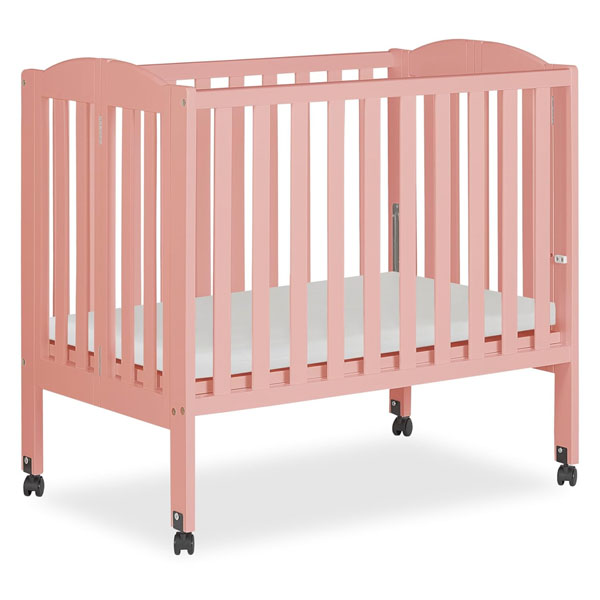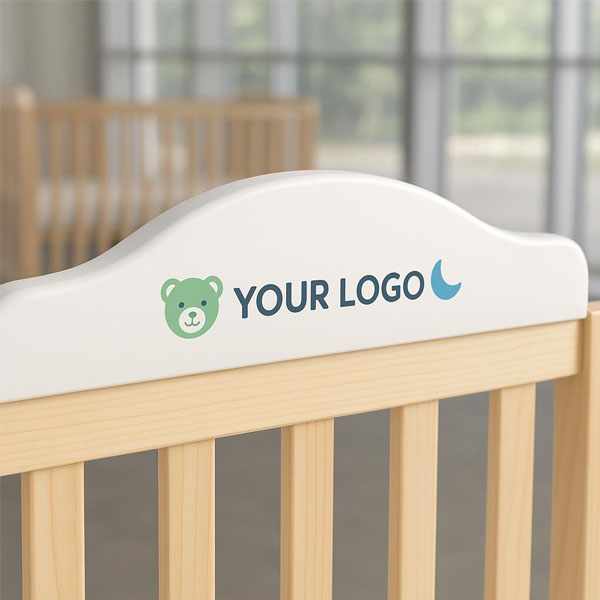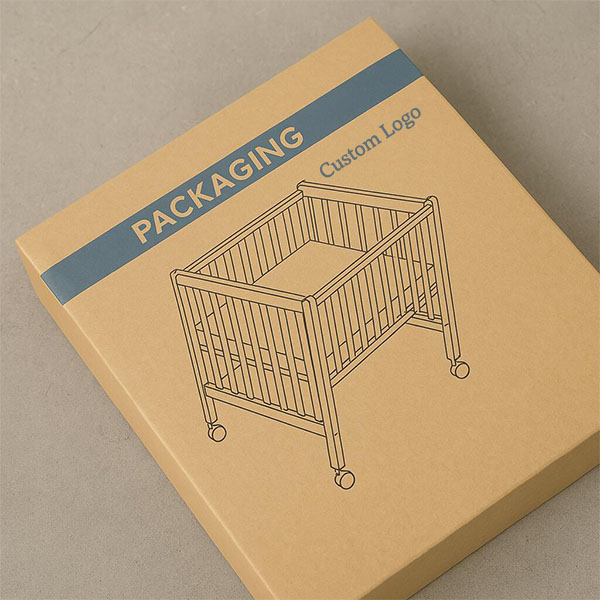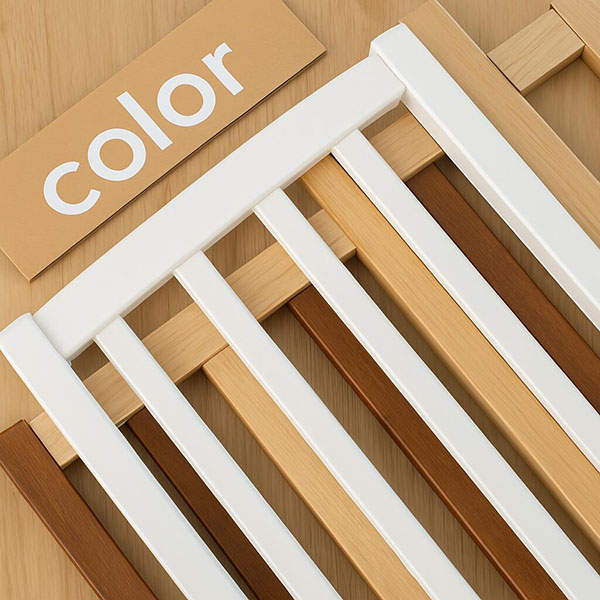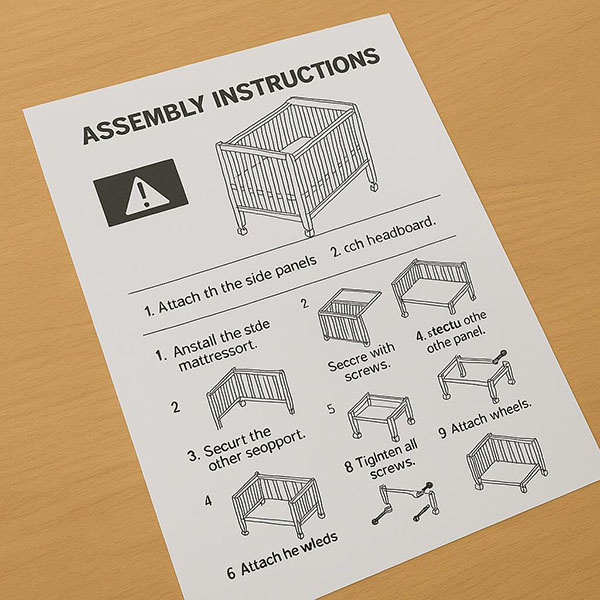What to Look for in a Baby Walker?
Thinking of buying a baby walker to help your child explore and build strength? Before you pick one, it’s important to know what really matters.
When choosing a baby walker, look for safety features, sturdy design, height adjustability, wheel control, and a wide base. Always prioritize safety over entertainment features.

Not all baby walkers are safe or recommended, so if you’re considering one, this guide will help you make an informed and careful decision.
Are baby walkers safe?
This is the first question every parent should ask.
Traditional baby walkers are not recommended by many pediatricians due to safety concerns, but stationary activity centers or push walkers are safer alternatives.
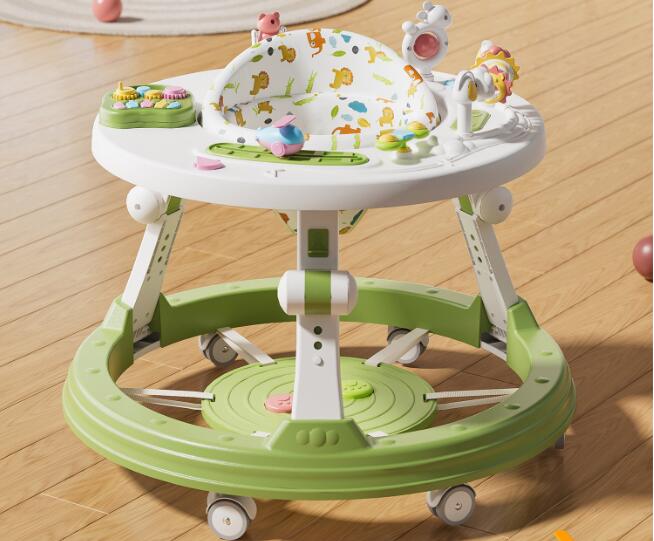
The safety debate
According to the American Academy of Pediatrics, walkers with wheels can lead to falls and accidents. Babies can move faster than expected, reaching stairs, heaters, or sharp edges before you can react.
| Walker Type | Risk Level | Safer Alternative? |
|---|---|---|
| Sit-in wheeled walker | High | No |
| Stationary activity center | Low | Yes |
| Push walker | Medium–Low | Yes, with supervision |
We skipped the sit-in walker altogether and used a push walker during supervised playtime—it gave our baby support without the risks.
What are safer alternatives to wheeled walkers?
There are great options that support motor development without the dangers.
Push walkers, stationary activity centers, and playpens encourage standing and movement in safer, more controlled ways.
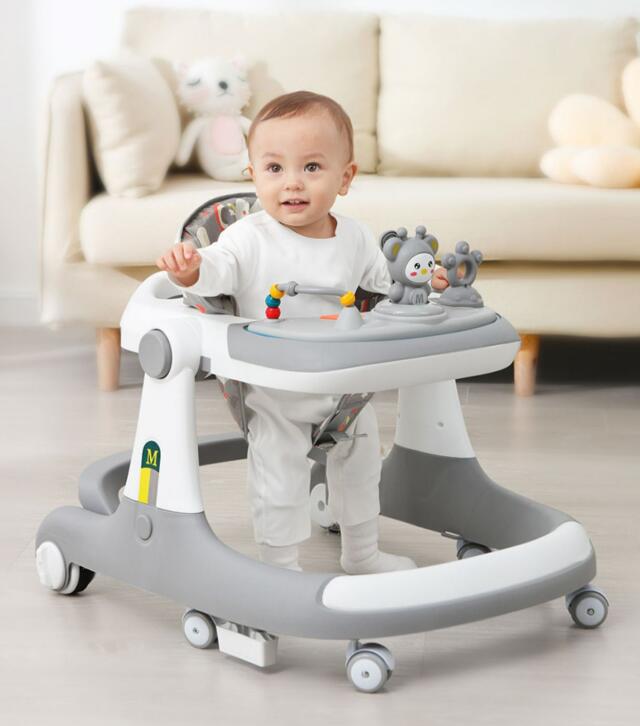
Safer options for movement and play
- Push walkers: Allow babies to walk while pushing the toy—great for balance and strength.
- Stationary activity centers: Stay in one place, encouraging standing and interaction without rolling around.
- Jumpers: Add motion and fun without allowing free movement.
| Option | Pros | Cons |
|---|---|---|
| Push walker | Encourages balance | Can tip if used too early |
| Activity center | Great for fine motor skills | Doesn’t teach walking directly |
| Jumper | Fun for short sessions | Not meant for long-term use |
What features should a baby walker have?
If you do choose a walker, make sure it’s the safest version possible.
Look for a wide base, non-slip wheels, locking mechanisms, adjustable height, and sturdy build quality.
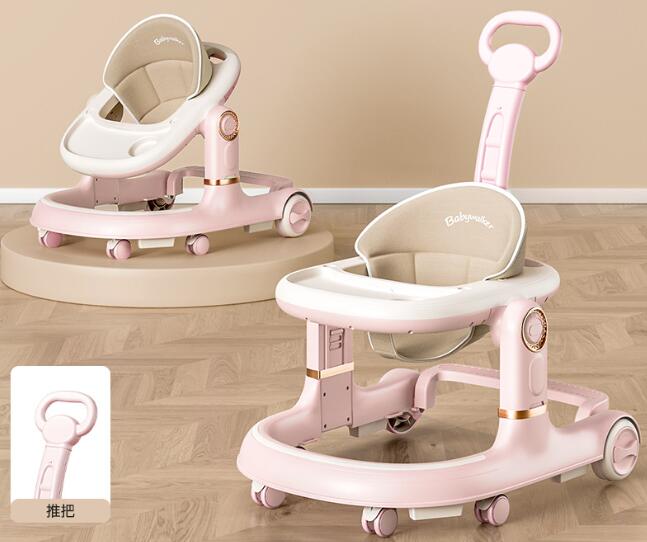
Safety-first features
- Wide base – prevents tipping and keeps the walker stable
- Brake or lock system – stops movement when needed
- Non-slip wheels – avoid uncontrolled rolling
- Sturdy frame – doesn’t wobble or collapse
- Height adjustability – grows with your baby
If you choose a walker, only use it on flat, barrier-free floors, and never near stairs.
Other helpful features
- Padded seat with washable fabric
- Removable tray for snacks or toys
- Toys or music features to entertain during short sessions
| Feature | Why It Matters |
|---|---|
| Wide base | Adds stability, prevents tipping |
| Locking wheels | Limits movement when needed |
| Adjustable height | Better fit, safer posture |
| Easy to clean | Essential for drool + snacks |
What age is best for using a walker?
Don’t start too early—it won’t help and could hurt.
Most baby walkers are designed for babies aged 6–12 months who can sit up independently and show signs of wanting to stand or move.
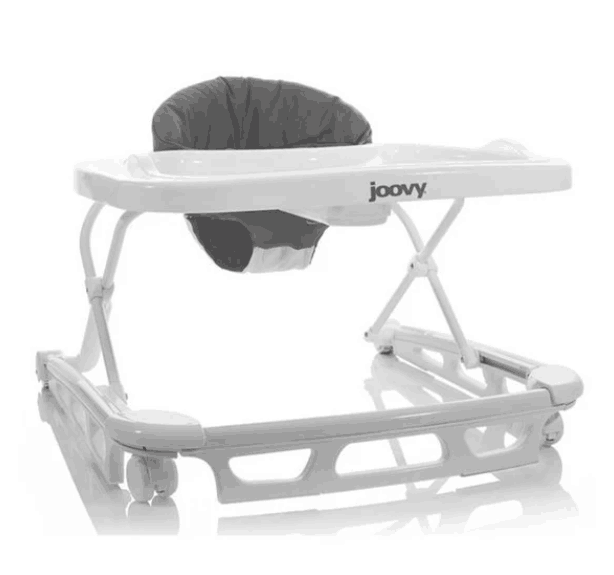
Know your baby’s readiness
Make sure your baby can:
- Sit up without support
- Hold their head steady
- Bear some weight on legs with support
Never use a walker with babies under 6 months, and always limit use to 15–20 minutes at a time.
We introduced a push walker around 9 months, after lots of tummy time and sitting play—it worked well as part of supervised floor time.
How does a baby walker affect development?
The truth: they’re not necessary for walking.
Baby walkers don’t help babies walk sooner—and in some cases, they can delay motor development by changing how babies use their muscles.
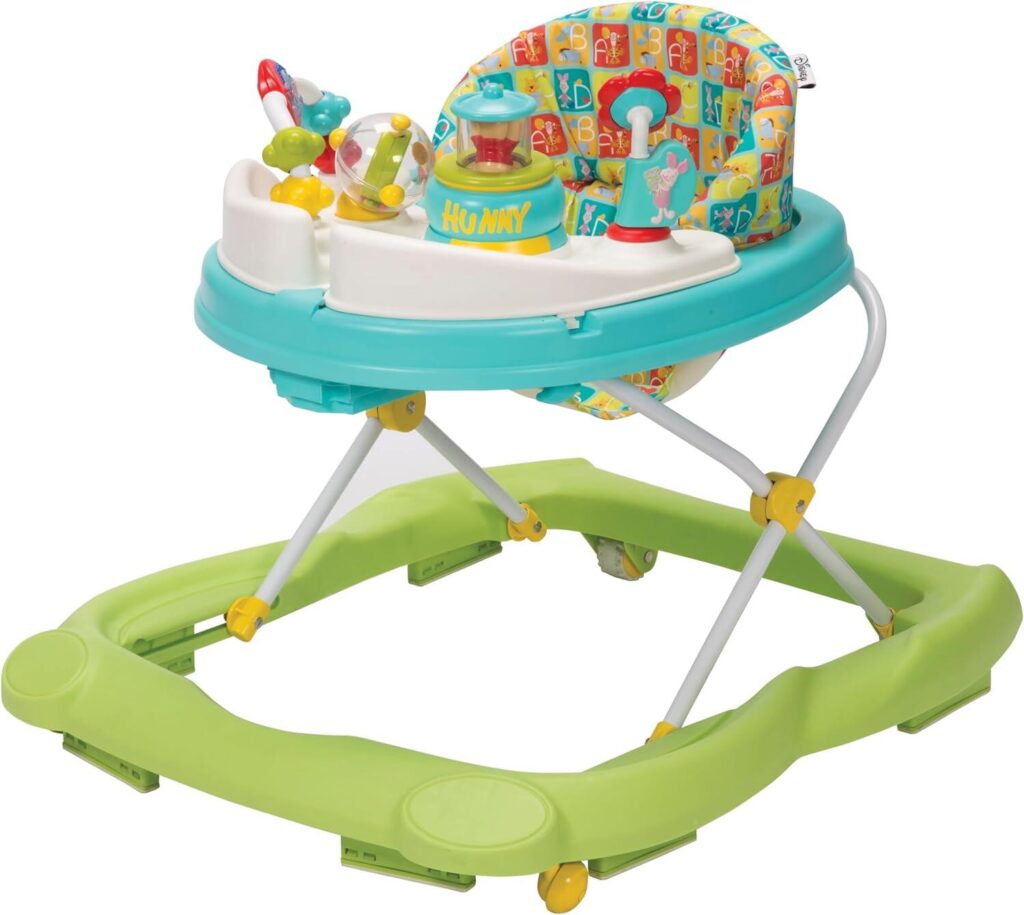
What studies show
Research shows that babies who use walkers:
- Don’t walk earlier
- May skip important motor stages (like crawling)
- Rely more on the device than their own strength and balance
Instead of rushing walking, give your baby time on the floor to explore, roll, crawl, and pull up naturally.
What should you avoid when buying a walker?
Some models look cute but come with major safety risks.
Avoid walkers without safety certifications, those with small or unstable bases, or anything with stairs, sharp edges, or pinch points.
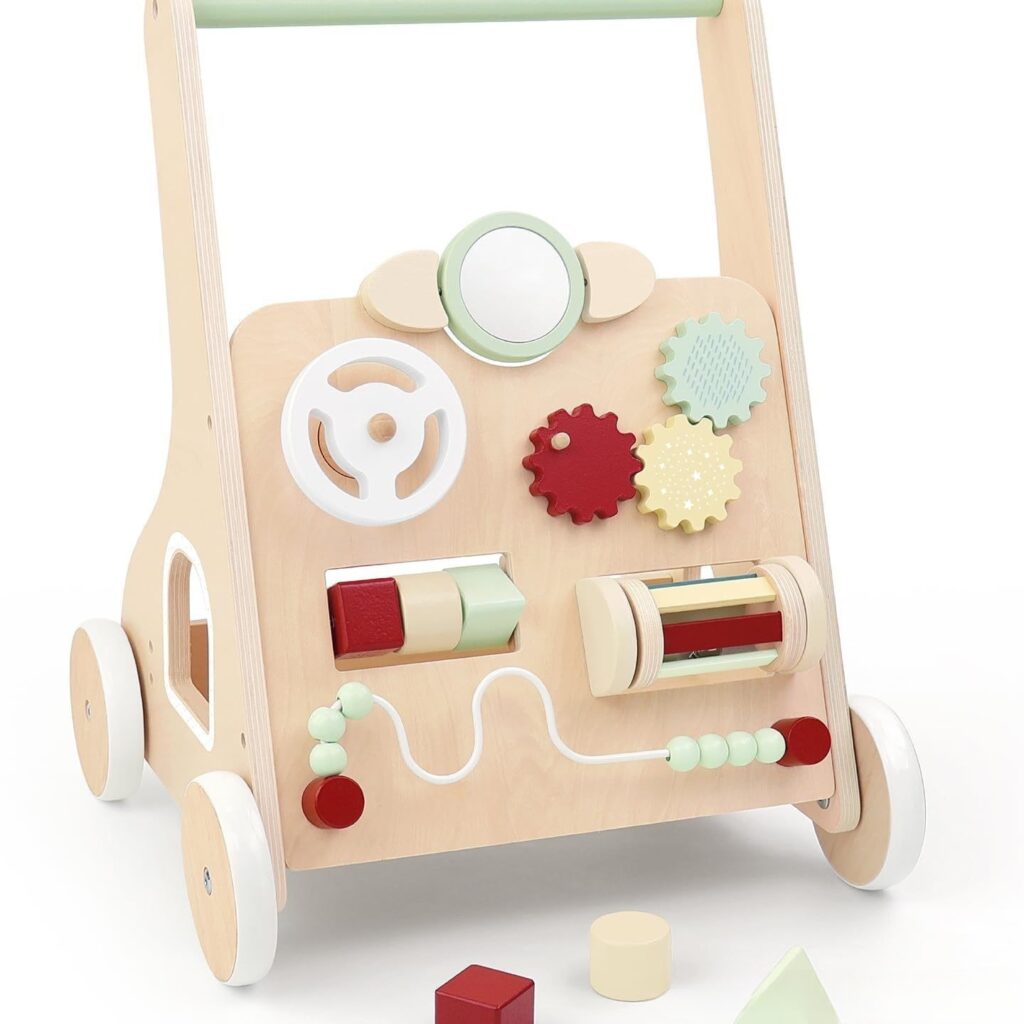
Red flags to watch for
- No brake or wheel locks
- Narrow base that can tip
- Extra-tall design (poor posture alignment)
- Toys with small detachable parts
- Low-quality plastic or sharp corners
Always check for ASTM or JPMA safety certification before buying.
Conclusion
If you choose to use a baby walker, make sure it’s safe, sturdy, and only used under supervision. Safer alternatives like push walkers or activity centers are often better for your baby’s development.




